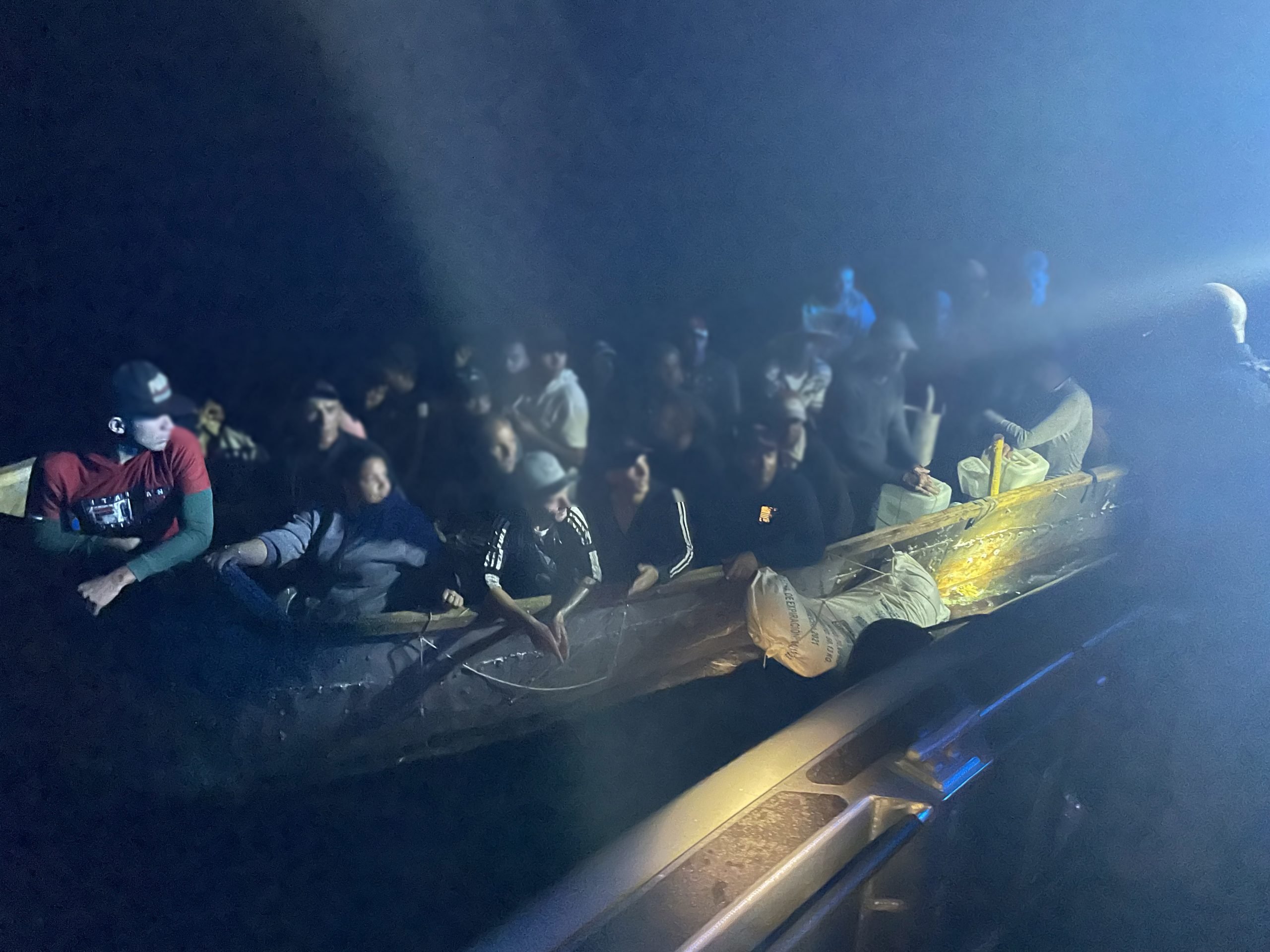L
Human trafficking is considered a serious violation of human rights; threatens the dignity, integrity and life of the victims, reducing them to a condition of commercial objects, salable and, therefore, landfillable. Every July 30 marks the World Day Against Trafficking in Persons, an opportunity to continue reflections on this crime that has evolved and intensified and expanded with the covid-19 pandemic and that continues to particularly affect people in need. situations of vulnerability, inserted in conditions of poverty and inequality in contexts of violence, determining factors to be targeted by traffickers and organized crime.
The United Nations Convention against Transnational Organized Crime defines human trafficking as the recruitment, transportation, transfer, harboring or reception of persons, resorting to the threat or use of force or other forms of coercion, kidnapping, fraud, deception, abuse of power or a position of vulnerability or the giving or receiving of payments or benefits to obtain the consent of a person having control over another, for the purpose of exploitation.
In addition, the General Law to Prevent, Punish and Eradicate Crimes in the Matter of Trafficking in Persons and for the Protection and Assistance to Victims of these Crimes in Mexico defines it as any willful act or omission of one or several persons to capture, hook , transport, transfer, retain, deliver, receive or accommodate one or more persons for the purpose of exploitation.
One of the problems that has arisen when it comes to preventing this crime, caring for the victims and guaranteeing their access to justice has been the lack of harmonization in the definitions to identify the characteristics that differentiate them from other practices, which they generate legal gaps or inaccuracies to act in the cases in an adequate manner, establish corresponding sanctions and sentences.
According to the General Law on this matter, there are various forms in which human trafficking is presented: slavery; domestic or debt bondage; prostitution of others or other forms of sexual or labor exploitation; forced labor or services; forced begging; use of children and adolescents in criminal activities; as well as the illegal adoption of children and adolescents; forced or servile marriage; trafficking in organs, tissues and cells of living human beings, and biomedical experimentation.
The United Nations Office on Drugs and Crime (UNODC) has reported that, in 2020, 51 percent of victims have economic difficulties, and that 20 percent are children and adolescents who suffer family violence; 13 percent have had a sexual-affective relationship with their traffickers; 10 percent are undocumented migrants, and 9 percent are children deprived of parental care for some reason.
In addition, it has stated that during the same year in Mexico 461 victims of trafficking were reported: 209 women, 35 girls, 87 boys and 23 men. These figures show that, in addition to the conditions of inequality prevailing in the victims, girls and women are the most affected. Although there is an international normative framework that obliges the Mexican State to address human trafficking and a national one that defines the ways in which government agencies must act, the absence of a human rights, gender and childhood perspective still represents many difficulties.
The Human Rights Commission of Mexico City (CDHCM), during the conversation Say and do against trafficking, carried out on July 29, highlighted the need to develop strategies for prevention, investigation, punishment and attention to victims, with an intersectional analysis that considers the structural causes, both economic and cultural, and with this avoid the normalization of crime. and the criminalization of victims. Thus, as a result of the evolution of this crime, digital platforms have been a means used by human trafficking networks and organized crime to get closer to victims. In this regard, and in harmony with the CDHCM, it will be necessary for the regulations to consider these elements and be updated in order to have a better performance and follow-up of the cases.
That the Mexican State fulfills its obligations to reverse the statistics, provide comprehensive care, and raise awareness among public officials will be essential to eradicate this crime, dismantle human trafficking networks and weaken the ways in which organized crime it has broken the social fabric, mainly in vulnerable populations and who are not only victims of human trafficking, but also of many other forms of oppression and injustice.








